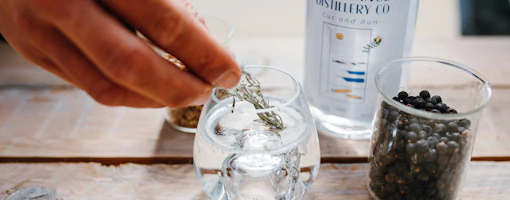
Esperance Wildflower Trail
- Suggested Time: 8 days -
- Esperance & Fitzgerald Coast
Buckle-up for a technicolour adventure. Over eight days and almost 2,000 kilometres, a profusion of native wildflowers stream past on this road trip traversing some of the region’s most biodiverse landscapes.
For the full blaze of native wildflowers, time your run between September and December.
The botanic bonanza starts east of Perth, exploring the Wheatbelt’s precious pockets of native flora. Witness magical views over the scrub-fringed dome of Boyagin Rock. Glimpse endangered marsupials, like numbats, wallabies and possums on a torch-lit tour of Dryandra Woodland, an important home for wildlife preservation.
Spot rare orchids at Yilliminning Rock, at Foxes Lair near Narrogin (home to 300-plus wildflower species), and at Tarin Rock, with its endemic compass bush. Spend the night at Lake King’s saltpans, where twinkling stars jostle for attention after the day’s wildflower show.
Got a four-wheel drive? Breathe in the honey-scented airs of Frank Hann National Park, with its rolling landscapes of native heath, and the flora-festooned Peak Charles National Park – all part of the Great Western Woodlands, a vast area of biologically diverse temperate woodlands.
Cruise the sealed road past the turquoise-fringed waters of Esperance, the perfect place to soak up nature, detouring past Ravensthorpe to view the wildflowers. Or spend the afternoon exploring Cape Le Grand National Park. Wash away the drive at Lucky Bay, home to the whitest sand you’ll ever sit yourself down on and witness the quintessential Australian sight: kangaroos sun-lounging on the beach.
Laidback Hopetoun is the gateway to Fitzgerald River National Park - a UNESCO World Biosphere Reserve with 1,800 types of weird and wonderful plant species, like banksia, hakeas, coneflowers, starflowers, smokebushes and numerous orchids. Secluded Bremer Bay is a fitting end to this adventure – no crowds, just you and the surf.

-
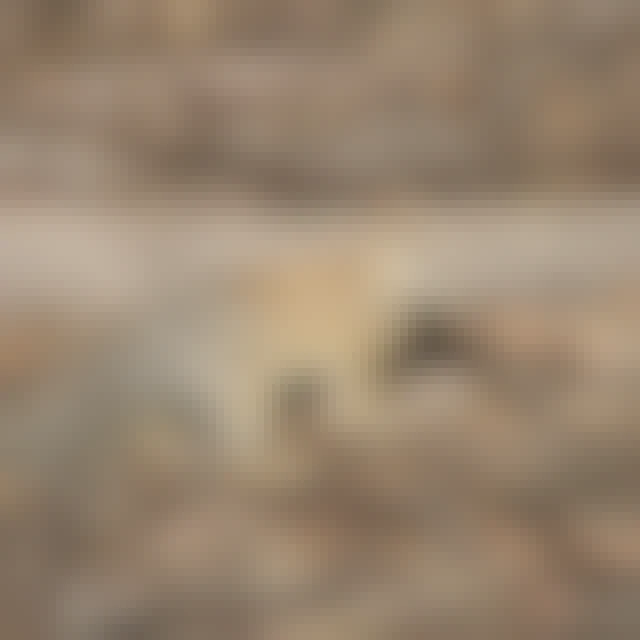 1
1Day 1: Dryandra Woodlands (210km)
From Perth, take the one-and-a-half-hour drive through the Darling Range to Brookton, via the Tonkin and Brookton highways. Your first wildflower stop, at Boyagin Rock, is just a 10 kilometre drive south-west from here.Pack your breakfast or brunch and enjoy a picnic against a beautiful backdrop of orchids, Dryandra, Drummond’s gum, Grevillea,…
From Perth, take the one-and-a-half-hour drive through the Darling Range to Brookton, via the Tonkin and Brookton highways. Your first wildflower stop, at Boyagin Rock, is just a 10 kilometre drive south-west from here.
Pack your breakfast or brunch and enjoy a picnic against a beautiful backdrop of orchids, Dryandra, Drummond’s gum, Grevillea, Kunzea, Hakea, Isopogon, Petrophile, Leucopogon and Hibbertia.
Or follow the loop trail and explore one of the last remaining preserves of the native flora that once dominated this region of the Wheatbelt.
Heading south, via Pingelly, on the Great Southern Highway, you’ll reach one of the world’s flora and fauna hotspots in under an hour – the Dryandra Woodland. It’s the largest remnant of original woodland in Australia's Western Wheatbelt and a haven for more than 100 species of birds, 850 varieties of wildflowers and many rare and endangered native mammals.
Take a drive, stroll, cycle or horse ride along Dryandra's many trails, looking out for flora varieties including golden Dryandra, prickly Lambertia, purple-tangled Grevillea, pink and lemon rainbows (Drosera) and orchids.
For a close encounter with the fauna of Dryandra, join a guided spotlight tour at the Barna Mia Animal Sanctuary.
Accommodation-wise, you can set up camp in the wandoo forest at the Congelin campsite, book a heritage-listed forestry cottage, or stay in the nearby towns and farm stays. -
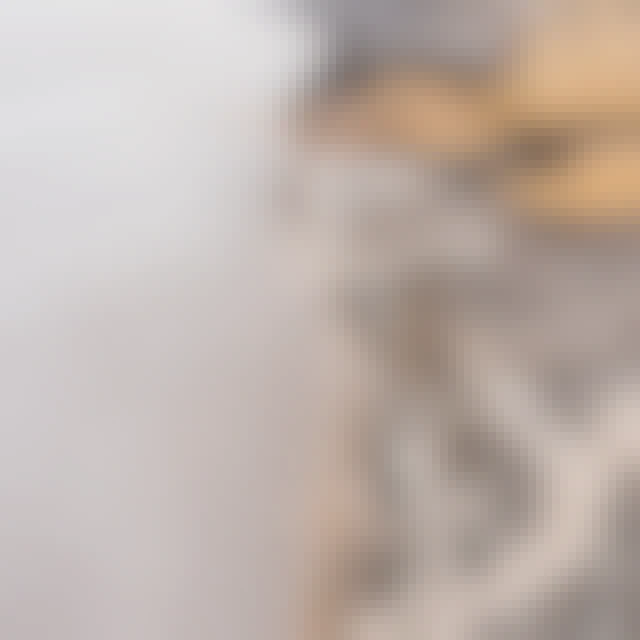 2
2Day 2: Lake King (299km)
Just a half-hour drive south from Dryandra brings you to Narrogin for a morning walk in the Class A reserve of Yilliminning Rock (follow Yilliminning Road east from town for 17.5 kilometres) where spider, rabbit, cowslip and donkey orchids are found in spring (September to November).Venture a little further on Yilliminning Road and you’ll reach…
Just a half-hour drive south from Dryandra brings you to Narrogin for a morning walk in the Class A reserve of Yilliminning Rock (follow Yilliminning Road east from town for 17.5 kilometres) where spider, rabbit, cowslip and donkey orchids are found in spring (September to November).
Venture a little further on Yilliminning Road and you’ll reach Harrismith where you can join the wildflower walk trail at the Oasis Hotel for a stroll through the Dryandras, Banksias, Verticordias, Grevilleas, Isopogons, Petrophiles, Eucalyptus and Calothamnus.
Closer to the town of Narrogin, Foxes Lair Nature Reserve on Narrakine Road, gives you a chance to spot some 300 varieties of wildflowers and over 40 species of birds.
Travelling south-east to Tarin Rock Nature Reserve (just to the east of Kukerin) you can encounter Leschenaultia, native foxglove, cat’s paw, mallees, honey myrtles and Dampiera, Queen of Sheba orchids and one very curious species known as the compass bush – so named because it always grows in the same direction.
From here, continue east to overnight in Lake Grace or Lake King, where the vast salt lake landscapes and road verges are filled with a surprising variety of beautiful wildflowers.
In early spring, orchids, Sundews, Hakea, Grevillea, tea trees, wax flowers and many species of wattles are in bloom. Mid-spring brings the Dampiera and Leschenaultia that colour the road verges, and in November, you’re likely to spot Verticordias, Cyanostegia, Adenanthus and Lachnostachys.
For sunset views over the vast plains of Lake King, take a scenic drive to Roe Hill Lookout. -
 3
3Day 3: Esperance (260km)
If you’re travelling by 4WD, pick up fuel, water and food supplies and head east on the Lake King-Norseman Road to the Rabbit Proof Fence and Frank Hann National Park to explore 61,420 hectares of native heath flora.The unsealed track continues east to Peak Charles National Park where two ancient granite peaks offer superb views of the dry sand…
If you’re travelling by 4WD, pick up fuel, water and food supplies and head east on the Lake King-Norseman Road to the Rabbit Proof Fence and Frank Hann National Park to explore 61,420 hectares of native heath flora.
The unsealed track continues east to Peak Charles National Park where two ancient granite peaks offer superb views of the dry sand plain heaths and salt lake systems.
The park lies within the significantly flora-rich Great Western Woodlands – home to the tuberous rooted one-sided bottlebrush.
If you’re travelling in a 2WD, make the two-and-a-half-hour drive by sealed road to Esperance via Ravensthorpe. You’ll arrive in plenty of time to spend an afternoon on the Great Ocean Drive or exploring Cape Le Grand (see Day 4).
Settle in at the park’s campground at the base of Peak Charles for a night under a star-filled outback sky.
Alternatively, continue on to join the Coolgardie-Esperance Road for the one-hour-and-15-minute drive south to overnight in Esperance. End your day here with a sunset stroll along Tanker Jetty, or join the locals for a spot of fishing. -
 4
4Day 4: Cape Le Grand (83km)
If you camped overnight at Peak Charles, rise early to take the Coolgardie-Esperance Road to reach Esperance. Or extend your trip by another day and explore more of the park before making your way to Esperance and stopping at the flora hotspots of Salmon Gums and Helms Arboretum along the way.Just half an hour’s drive east from Esperance brings…
If you camped overnight at Peak Charles, rise early to take the Coolgardie-Esperance Road to reach Esperance. Or extend your trip by another day and explore more of the park before making your way to Esperance and stopping at the flora hotspots of Salmon Gums and Helms Arboretum along the way.
Just half an hour’s drive east from Esperance brings you to one of Australia’s most pristine coastal wilderness areas, Cape Le Grand National Park – home to the white sands of Lucky Bay.
Follow the bushwalking trails to rugged granite peaks for breathtaking panoramas of the wild heathlands and beautiful islands of the Recherche Archipelago.
Look for wildlife such as pygmy honey possums, bandicoots and mobs of grey kangaroos, as well as the striking blooms of Banksia Speciosa and Banksia Pulchella.
Spend the afternoon exploring more of Cape Le Grand, relaxing in Lucky Bay, or return to Esperance and follow the Great Ocean Drive Tourist Loop to a string of beautiful white-sand beaches.
Enjoy a swim or snorkel in the calm, clear waters of Blue Haven Beach and Twilight Cove, or watch the surfers at West Beach, Fourth Beach and Observatory Beach as the sun sets.
You may also choose to extend your stay in Esperance to include a full-day nature cruise to the fauna and flora-rich Woody Island, located in the nearby coastal wilderness of the Recherche Archipelago. -
 5
5Day 5: Ravensthorpe (218km)
Take a ten-kilometre drive out of town to the beautiful bushlands, lakes and coastal landscapes of Monjingup Lake Reserve.Enjoy a breakfast picnic and walk the trails searching for red kangaroo paw, showy Banksia, four-winged and blue Mallee, Pincushion Hakeas and flowering Christmas trees.Leave Esperance, heading west on the South Coast Highway…
Take a ten-kilometre drive out of town to the beautiful bushlands, lakes and coastal landscapes of Monjingup Lake Reserve.
Enjoy a breakfast picnic and walk the trails searching for red kangaroo paw, showy Banksia, four-winged and blue Mallee, Pincushion Hakeas and flowering Christmas trees.
Leave Esperance, heading west on the South Coast Highway to Stokes Inlet Road and Stokes National Park. Here, you can view one of the most picturesque estuaries along Western Australia’s southern coast from the shade of the paperbark trees and spot the unusual bell-fruited Mallee.
Those travelling by 4WD can choose to venture a little deeper into the park.
Just over an hour to the west lies Ravensthorpe – your gateway to more south-coast wildflower wonders, including the Ravensthorpe Range.
Make your first stop at the visitor centre for information on local scenic drives and walk trails to view the region's wildflowers, including Ravensthorpe bottlebrush, nodding Banksia, Beaufortia, blue Scaveola, Leschenaultia, one-sided bottlebrush, Verticordia Grandiflora, claw featherflower, everlastings, Qualup bells, Dryandra and poached Dampiera.
Follow the Archer or Ethel Daw scenic drives to the lookout or, if you stay an extra day, follow the Mount Short drive to tackle the summit trail.
Overnight in Ravensthorpe. -
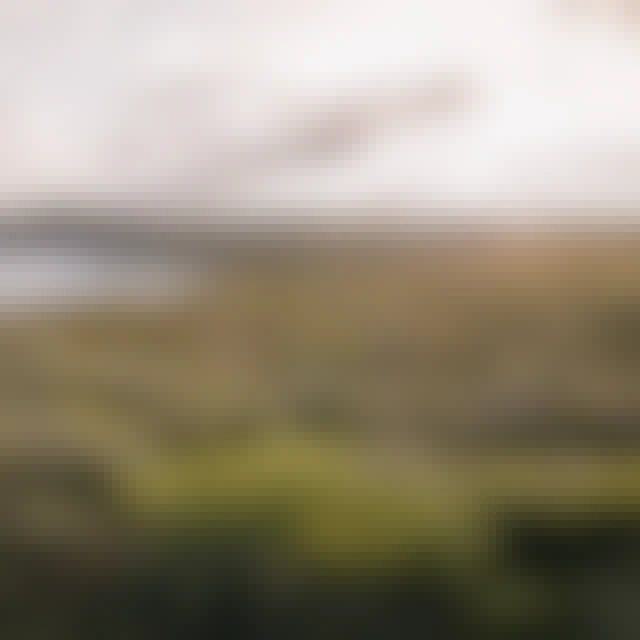 6
6Day 6: Hopetoun (54km)
From Ravensthorpe, journey to Hopetoun and then head west along Hamersley Drive to explore the eastern end of Fitzgerald River National Park – gazetted as a UNESCO World Biosphere Reserve.More than 1,800 beautiful and bizarre species of flowering plants thrive here, many of which are found nowhere else on Earth. That’s nearly 20 percent of Western…
From Ravensthorpe, journey to Hopetoun and then head west along Hamersley Drive to explore the eastern end of Fitzgerald River National Park – gazetted as a UNESCO World Biosphere Reserve.
More than 1,800 beautiful and bizarre species of flowering plants thrive here, many of which are found nowhere else on Earth. That’s nearly 20 percent of Western Australia’s entire collection of plant species.
Several 4WD tracks and walking trails, such as East Mount Barren and Sepulcralis Hill, lead you to lookouts offering dramatic panoramas of the wild coastline and bushlands beyond.
Wildflowers are generally blooming until the end of October, including royal Hakeas, Qualup Bells, Sepulcralis, weeping gum, Pincushion Hakeas, woolly Banksia, possum Banksia and Grevilleas Macrostylis, four-winged Mallee, Barrens Regelia, Isopogons, Verticordias, orchids, tinsel lily, red kangaroo paw, fringed lily, painted lady and oak-leaved Dryandra.
Camp overnight in the park, return to Ravensthorpe, or stay a night on the coast at Hopetoun to explore more of its 200-kilometre stretch of pristine coastline, including a string of stunning beaches where you can swim, snorkel, surf and fish. -
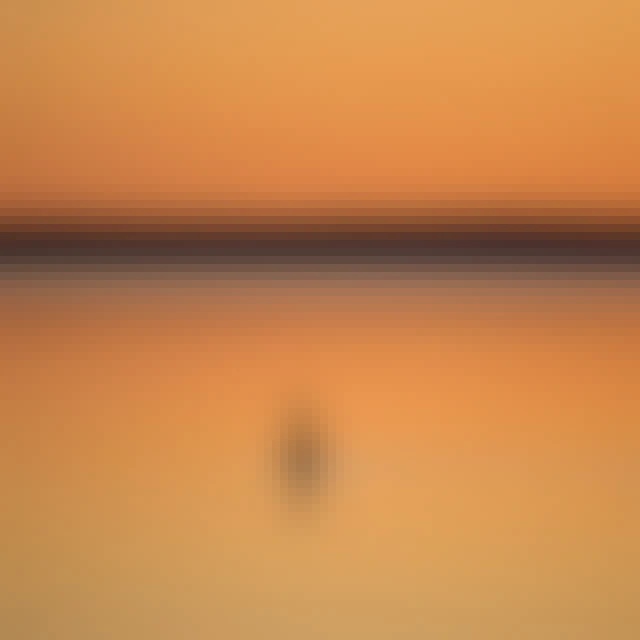 7
7Day 7: Bremer Bay (202km)
It’s well worth spending another day in Fitzgerald River National Park, exploring the western end from Bremer Bay. Allow one hour to reach the western entrance to the park (via Quiss Road and Pebalup Drive) from Ravensthorpe, or one and a half hours from Hopetoun.Make regular stops along the drive trails within the park to marvel at the unique…
It’s well worth spending another day in Fitzgerald River National Park, exploring the western end from Bremer Bay. Allow one hour to reach the western entrance to the park (via Quiss Road and Pebalup Drive) from Ravensthorpe, or one and a half hours from Hopetoun.
Make regular stops along the drive trails within the park to marvel at the unique curly grass, pincushion Hakea, Baxters Banksia, cauliflower Hakea, Ashby's Hakea, coneflowers, starflowers, smokebushes and numerous orchids.
Choose from a number of walk trails leading from the Twertup Field Study Centre, or take in the spectacular coastal views from West Mount Barren.
If you time your visit to the park between July and October, head for Point Ann instead – it’s one of just three special locations in Australia where southern right whales come to calve in large numbers.
For a unique overnight experience, stay at the accommodation in the heart of the park, or camp out at Point Ann or Hamersley Inlet. Otherwise, return to Bremer Bay. -
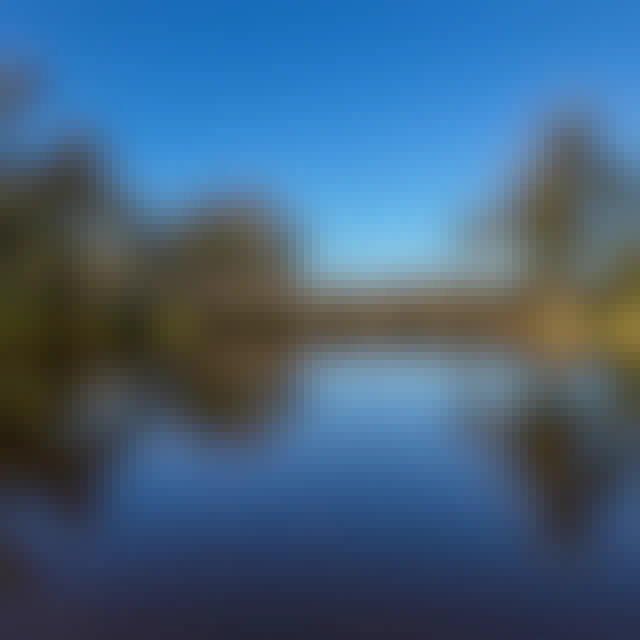 8
8Day 8: Return to Perth (650km)
Enjoy an early-morning surf, fish or swim at one of Bremer Bay’s many beautiful beaches. Fisheries Beach Marina is a popular spot for sheltered swimming.From here, it’s a six-hour return trip to Perth via Albany. Take a rest stop in Williams along the way to explore early settler history on the Williams Heritage Trail, or visit the Woolshed…
Enjoy an early-morning surf, fish or swim at one of Bremer Bay’s many beautiful beaches. Fisheries Beach Marina is a popular spot for sheltered swimming.
From here, it’s a six-hour return trip to Perth via Albany. Take a rest stop in Williams along the way to explore early settler history on the Williams Heritage Trail, or visit the Woolshed interpretive centre for a little local history and woolly souvenirs.
Itinerary content originally published on westernaustralia.com

Wildflower Trails
Each spring, Western Australia’s wildflowers put on a colourful show bigger and better than anywhere else in the world - transforming the Golden Outback into a flower-lovers paradise. See our full suite of Wildflower Trails this season.











